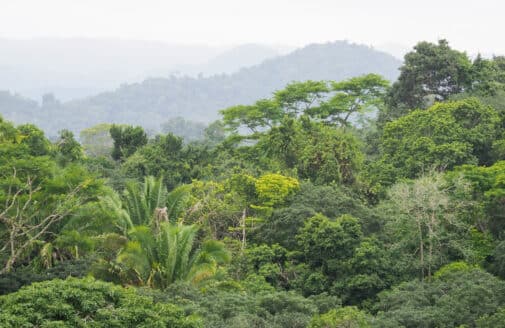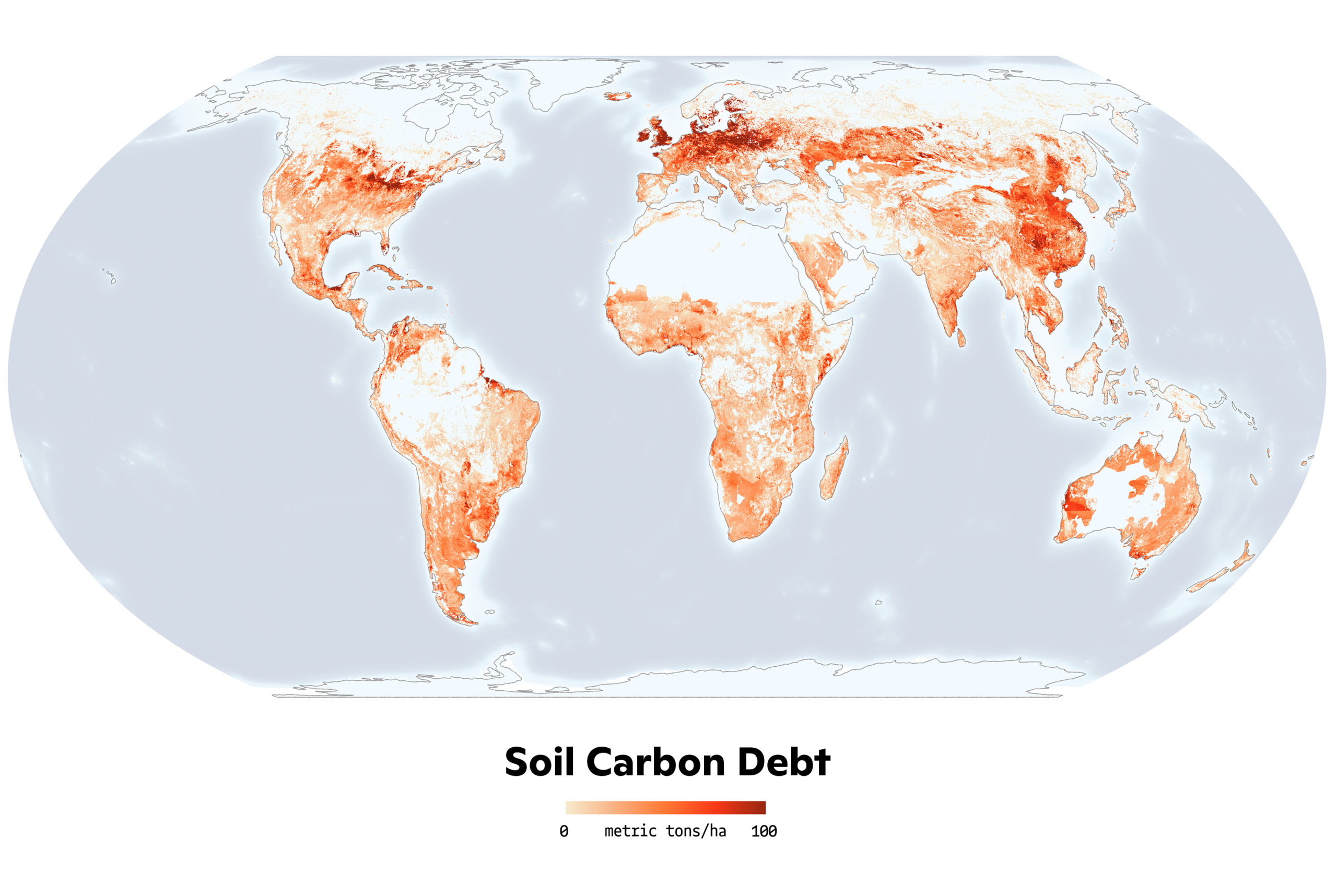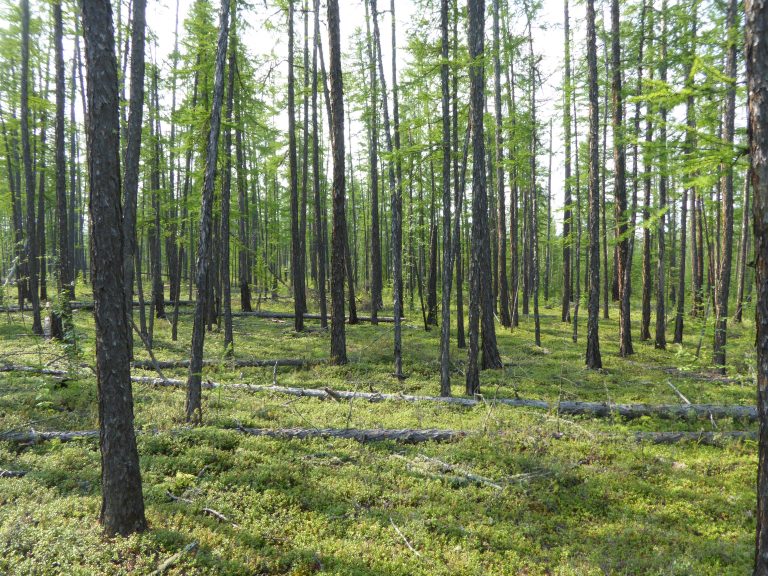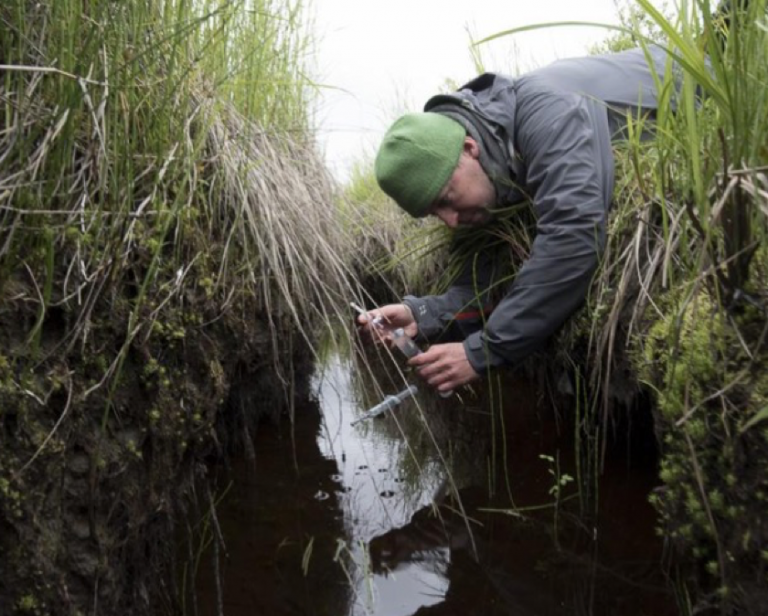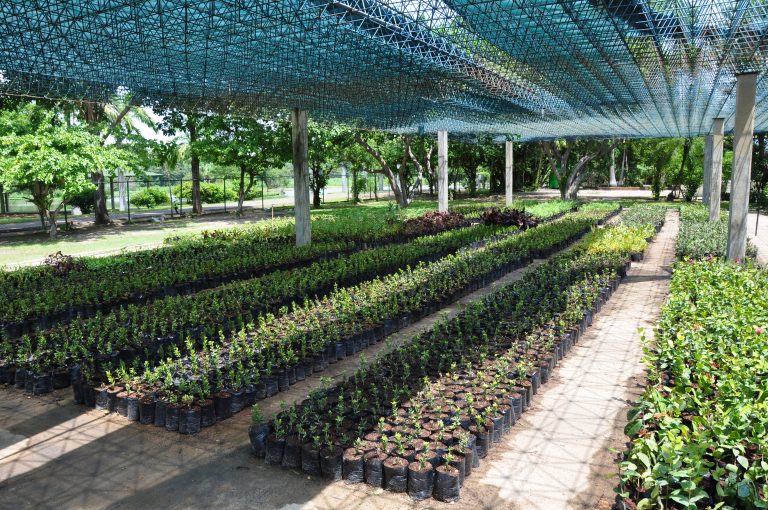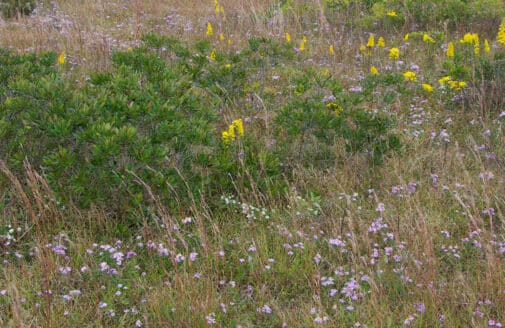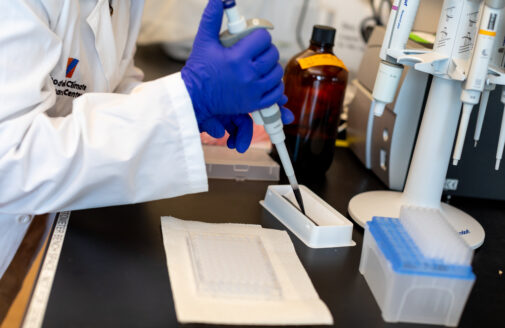Any carbon stored on land is carbon that is not in the atmosphere.
Before you can manage a problem, you must be able to consistently and accurately measure it and monitor it. Woodwell Climate scientists measure and track the amount and distribution of carbon in vegetation and soils—from forests in the Tropics to temperate croplands and permafrost in the Arctic—so that we can better understand the storage and dynamics of land-based carbon, as well as how much is being lost and how it can be restored.





